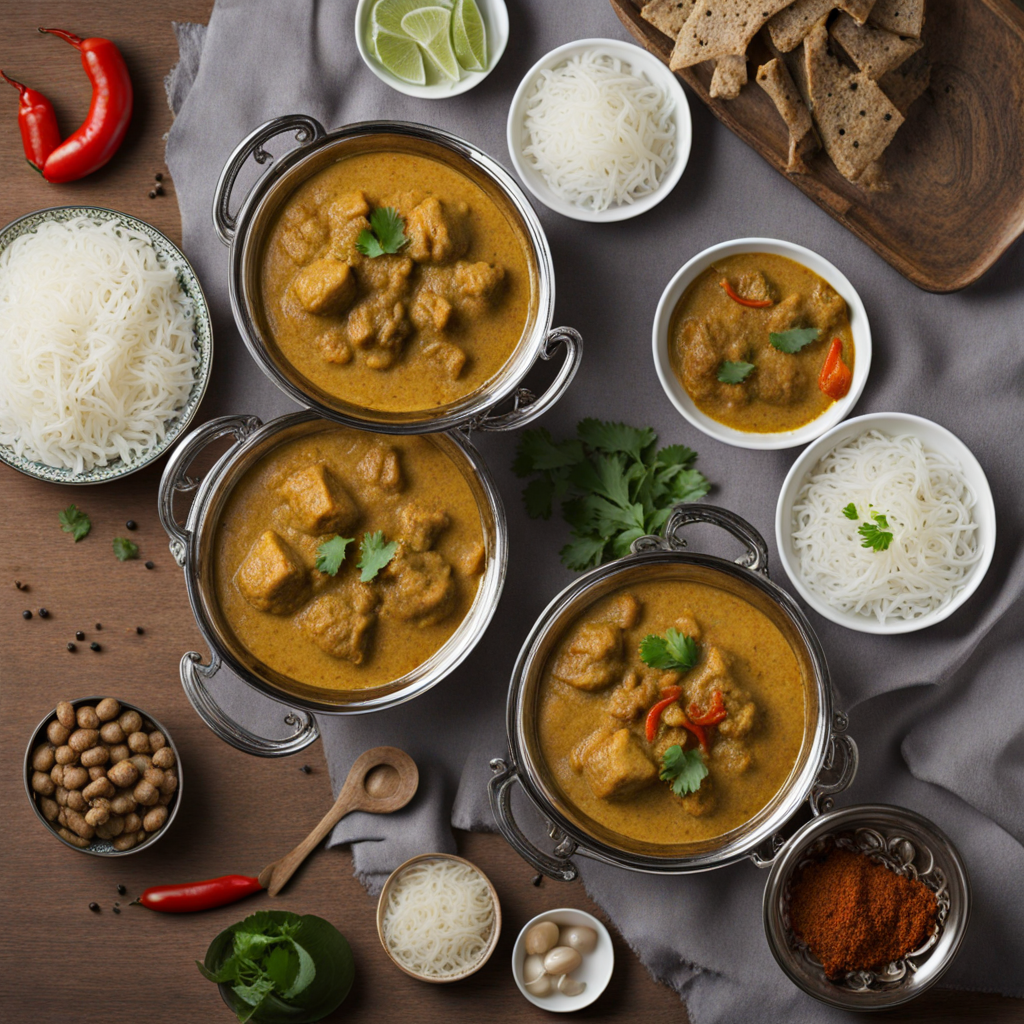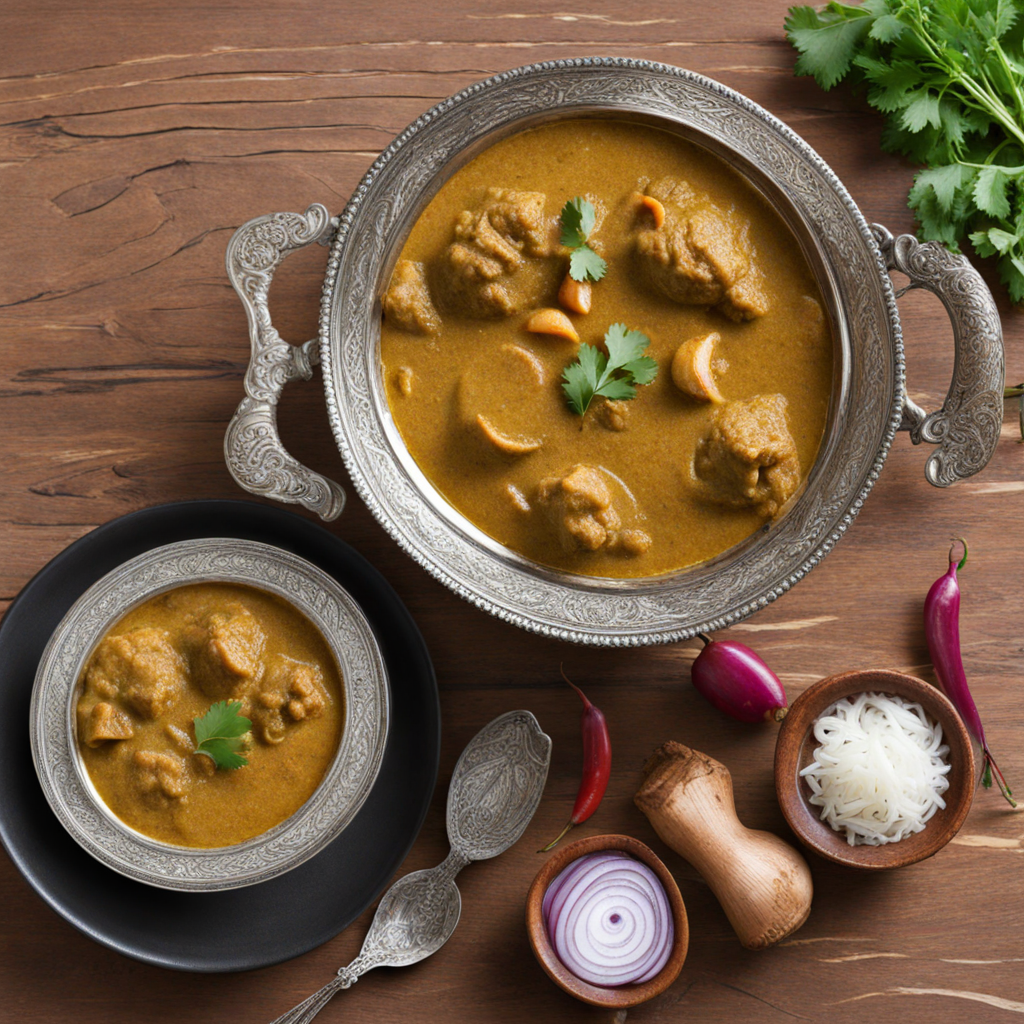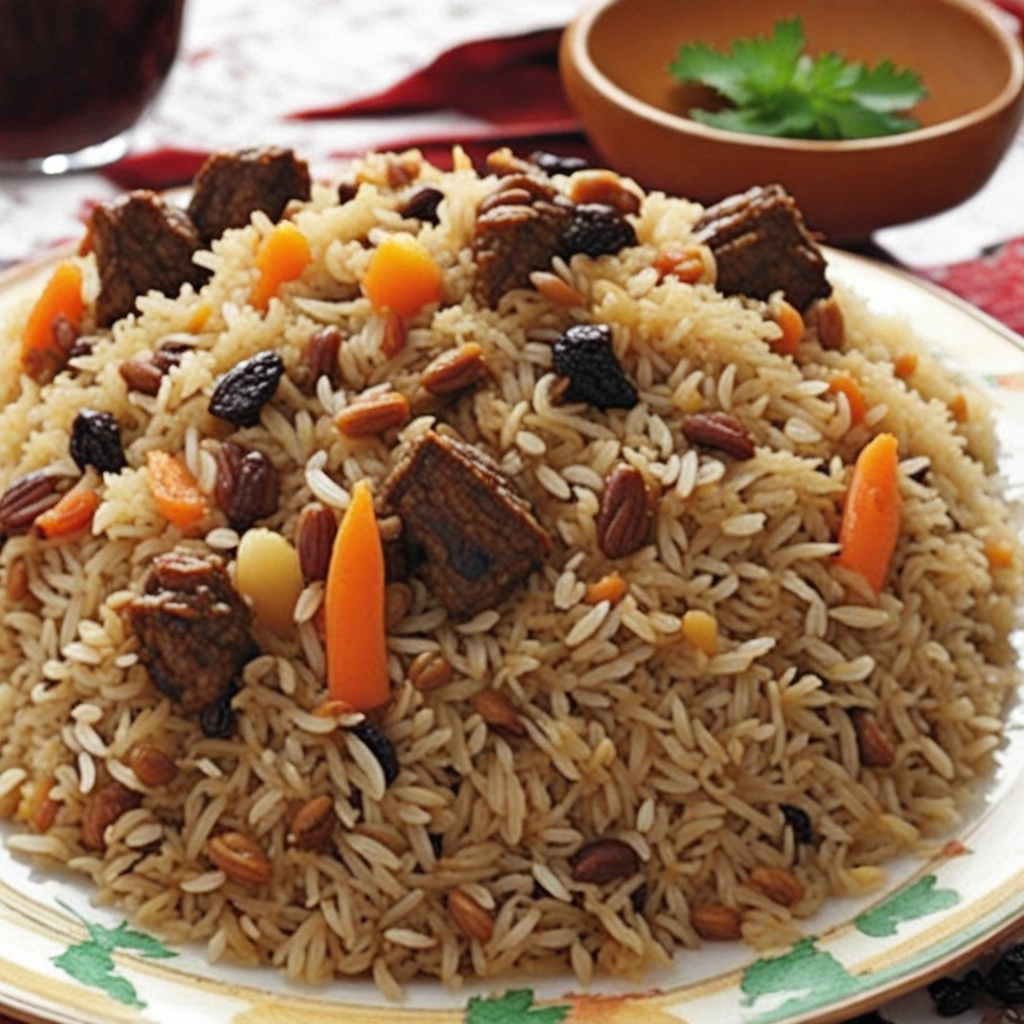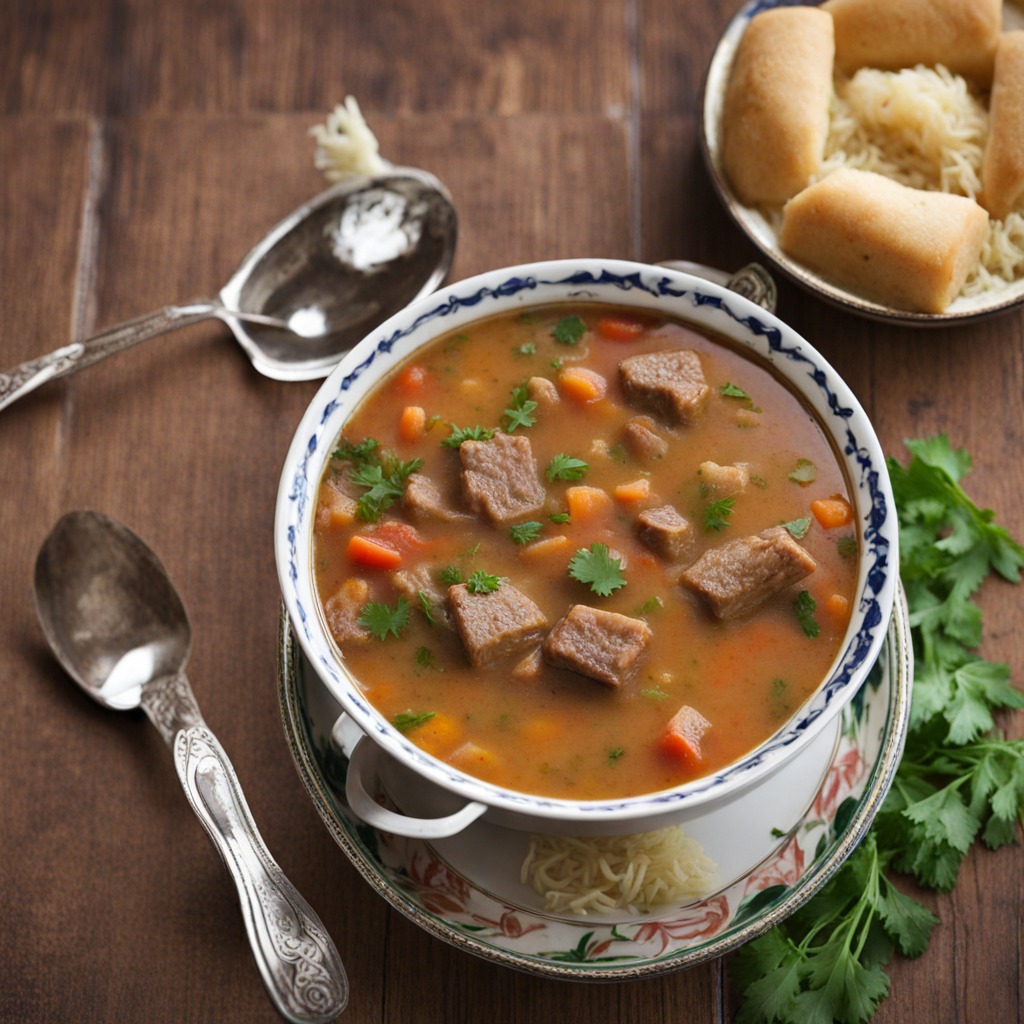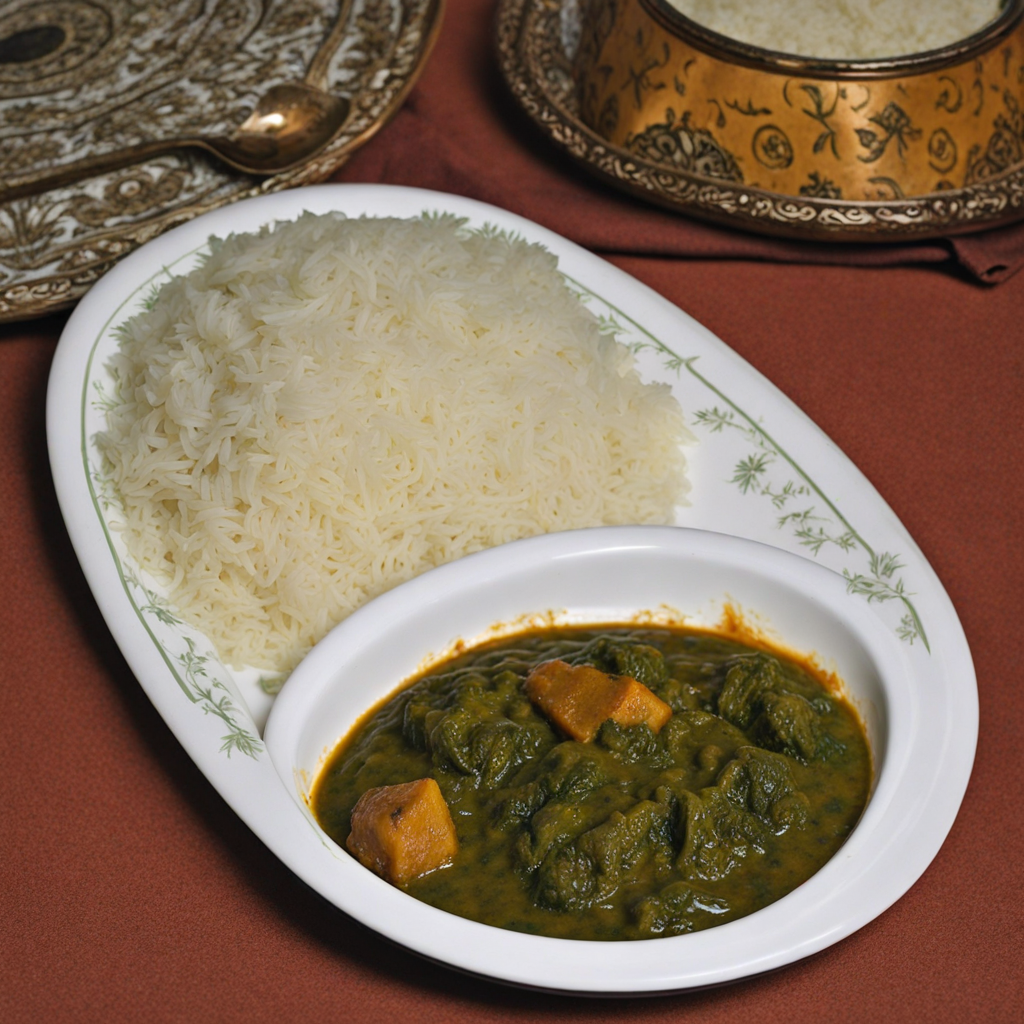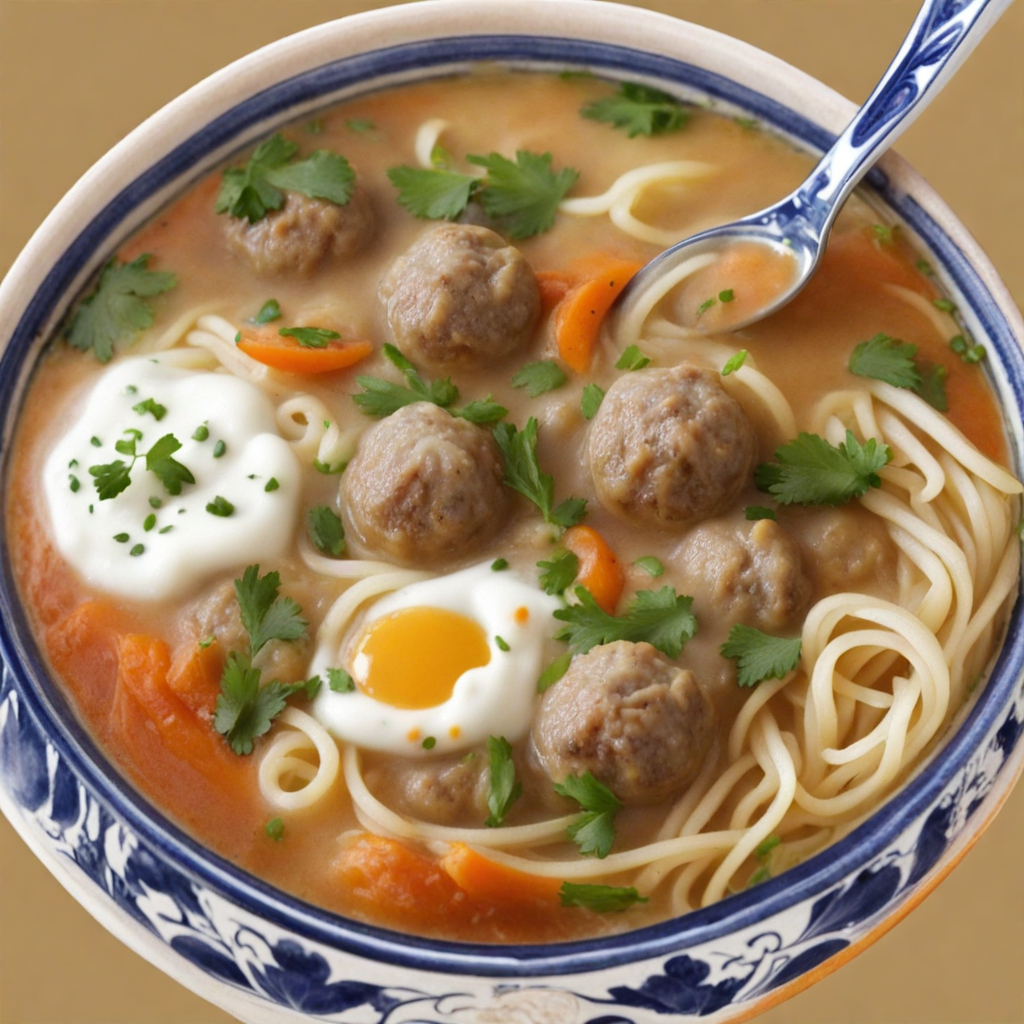Korma
Korma is a rich and aromatic dish that embodies the essence of Afghan cuisine, featuring a harmonious blend of spices and ingredients that tantalize the taste buds. Traditionally, Korma is made with tender pieces of meat, often lamb or chicken, that are marinated in yogurt and a medley of spices such as cumin, coriander, and cardamom. This marination process not only infuses the meat with flavor but also ensures it remains succulent and moist during cooking. The slow-cooking method allows the spices to meld together, creating a fragrant sauce that envelops the meat, making every bite a delightful experience. What sets Afghan Korma apart is its unique combination of ingredients, which often includes nuts, dried fruits, and fresh herbs. Almonds or pistachios may be added for crunch, while raisins or apricots contribute a subtle sweetness that balances the savory notes. Fresh cilantro or mint is typically sprinkled on top before serving, adding a refreshing pop of color and flavor. Served alongside fluffy basmati rice or warm naan bread, Korma is a dish that invites sharing, bringing people together around the table for a communal feast. The complexity of Korma lies not only in its flavors but also in its cultural significance. It is often prepared for special occasions and gatherings, making it a symbol of hospitality and celebration in Afghan tradition. Each family may have its unique recipe passed down through generations, reflecting personal touches and regional variations. When you savor Korma, you’re not just enjoying a meal; you’re experiencing a rich tapestry of Afghan heritage, where each ingredient tells a story of the land and its people.
How It Became This Dish
Origin of Qorma Qorma, a staple dish in Afghan cuisine, has deep roots that trace back centuries. Its origins can be linked to the ancient Silk Road, which connected the East and West, facilitating not just trade but also cultural exchange. As merchants and travelers traversed through Afghanistan, they brought with them various culinary traditions that blended harmoniously with local ingredients and cooking methods. This fusion led to the creation of Qorma, a dish that emphasizes the use of fresh meat, vegetables, and an array of aromatic spices, reflecting the rich agricultural bounty of the region. The word "Qorma" itself is derived from the Persian "qormeh," which means "braised" or "stewed," indicating the method of cooking that defines this dish. Traditionally, Qorma is made with lamb or beef, slowly cooked with onions, tomatoes, and a variety of spices such as turmeric, coriander, and cumin. The slow-cooking process not only tenderizes the meat but also allows the flavors to meld together, resulting in a dish that is both hearty and fragrant. \n\n Cultural Significance Qorma holds a significant place in Afghan culture, often served on special occasions and gatherings. It is a dish that symbolizes hospitality and warmth, with families and friends coming together to share a meal that embodies love and community. In Afghan households, preparing Qorma is often a communal activity, involving family members in the cooking process, which fosters bonds and creates lasting memories. The dish is often accompanied by rice, particularly the fragrant saffron-infused "pulao," which complements the rich flavors of the Qorma. This pairing is not just about taste; it reflects the Afghan principle of balancing flavors and textures in a meal. Qorma is also commonly featured during festive celebrations such as weddings, Eid, and other major holidays, showcasing its importance in the social fabric of Afghan life. \n\n Variations of Qorma As with many traditional dishes, Qorma has evolved over time and adapted to regional tastes and available ingredients. Different provinces in Afghanistan have their unique takes on the dish. For instance, in Herat, Qorma might include a blend of dried fruits such as raisins or apricots, adding a sweet contrast to the savory elements. Meanwhile, in the northern regions, the use of fresh herbs like cilantro and mint is more prominent, brightening the dish and adding layers of flavor. Another popular variation is Qorma-e-sabzi, where leafy greens such as spinach or fenugreek are incorporated into the stew. This not only enhances the nutritional value but also reflects the Afghan appreciation for fresh produce. Similarly, Qorma-e-kofta utilizes spiced meatballs instead of chunks of meat, providing a different texture and flavor profile while still embodying the essence of the traditional dish. \n\n Historical Context The historical context of Qorma is intertwined with the broader narrative of Afghanistan's tumultuous past. Over centuries, the region has seen various invasions and migrations, each leaving an indelible mark on its culinary landscape. The influence of Persian, Turkic, and Indian cuisines is evident in the flavors and cooking techniques employed in Qorma. During the time of the Afghan monarchy, particularly under King Amanullah Khan in the early 20th century, there was a concerted effort to promote Afghan culture and cuisine as a source of national pride. Qorma, being a quintessential Afghan dish, was elevated to a symbol of identity, reflecting the nation’s rich heritage. This era saw the dish being served in royal feasts and state banquets, further solidifying its status in Afghan culture. \n\n Modern-Day Qorma In contemporary Afghanistan, Qorma retains its popularity, both within the country and among the Afghan diaspora worldwide. As Afghan communities have settled in various parts of the world, they have brought the flavors of home with them, introducing Qorma to new audiences. Afghan restaurants in cities like London, Toronto, and Los Angeles often feature Qorma on their menus, where it continues to captivate diners with its robust flavors and comforting essence. Furthermore, the rise of social media has allowed for a resurgence of interest in traditional Afghan cuisine, with food bloggers and influencers sharing recipes and cultural stories surrounding dishes like Qorma. This has fostered a renewed appreciation for Afghan culinary practices, encouraging younger generations to explore their heritage and keep these traditions alive. \n\n Conclusion: A Dish of Resilience Qorma is more than just a dish; it is a testament to the resilience and richness of Afghan culture. Through centuries of change and adversity, Qorma has remained a beloved comfort food, serving as a bridge that connects generations. Its ability to adapt while retaining its core essence speaks to the enduring spirit of the Afghan people. As the world continues to change, Qorma will undoubtedly remain a cherished symbol of home, hospitality, and cultural pride for Afghans everywhere. The dish encapsulates the warmth of shared meals, the joy of family gatherings, and the rich tapestry of history that defines Afghanistan.
You may like
Discover local flavors from Afghanistan


